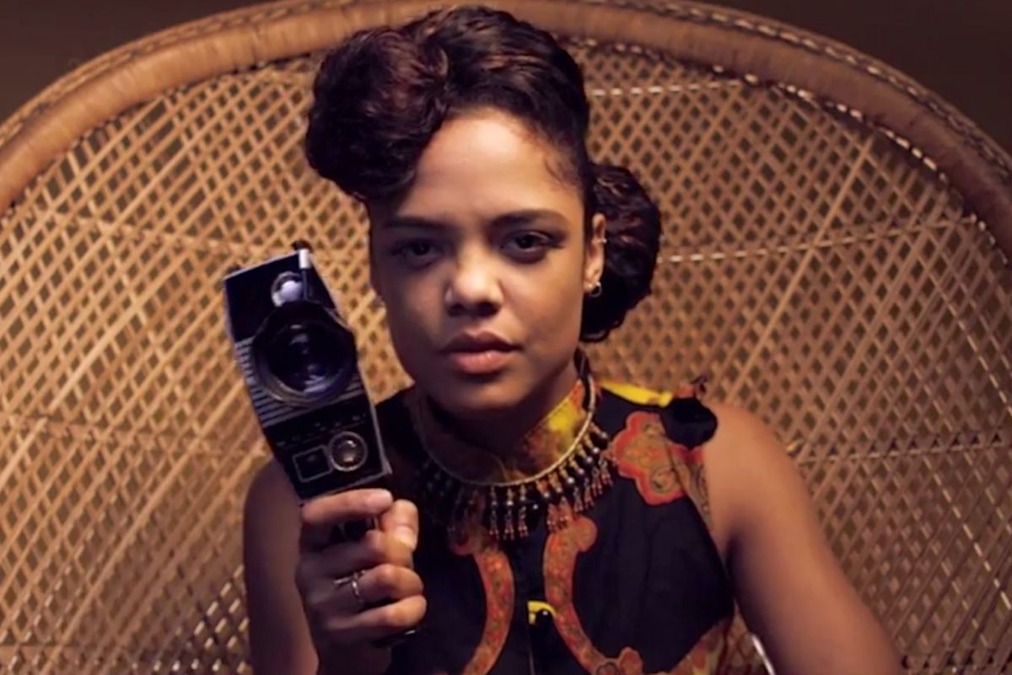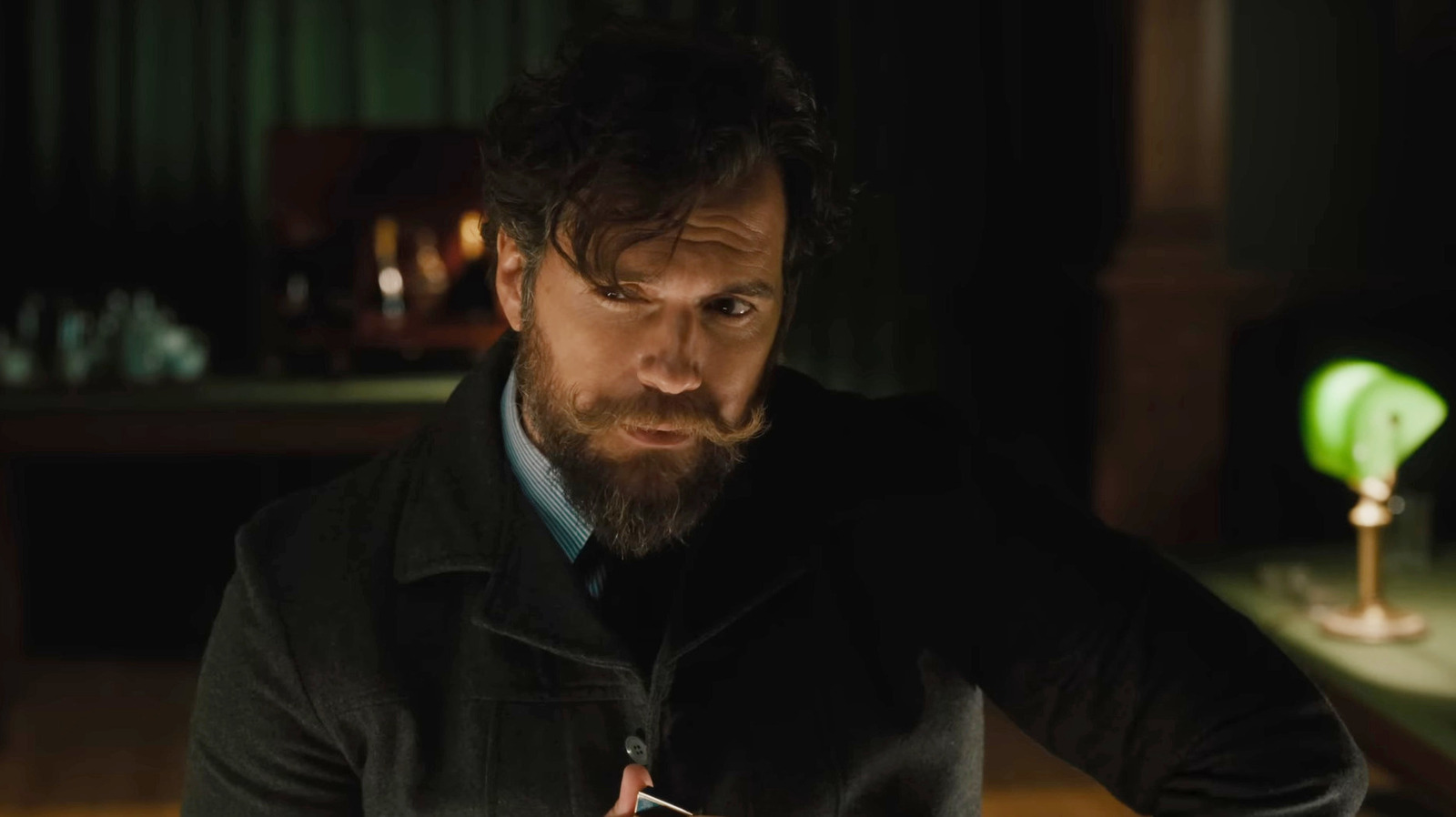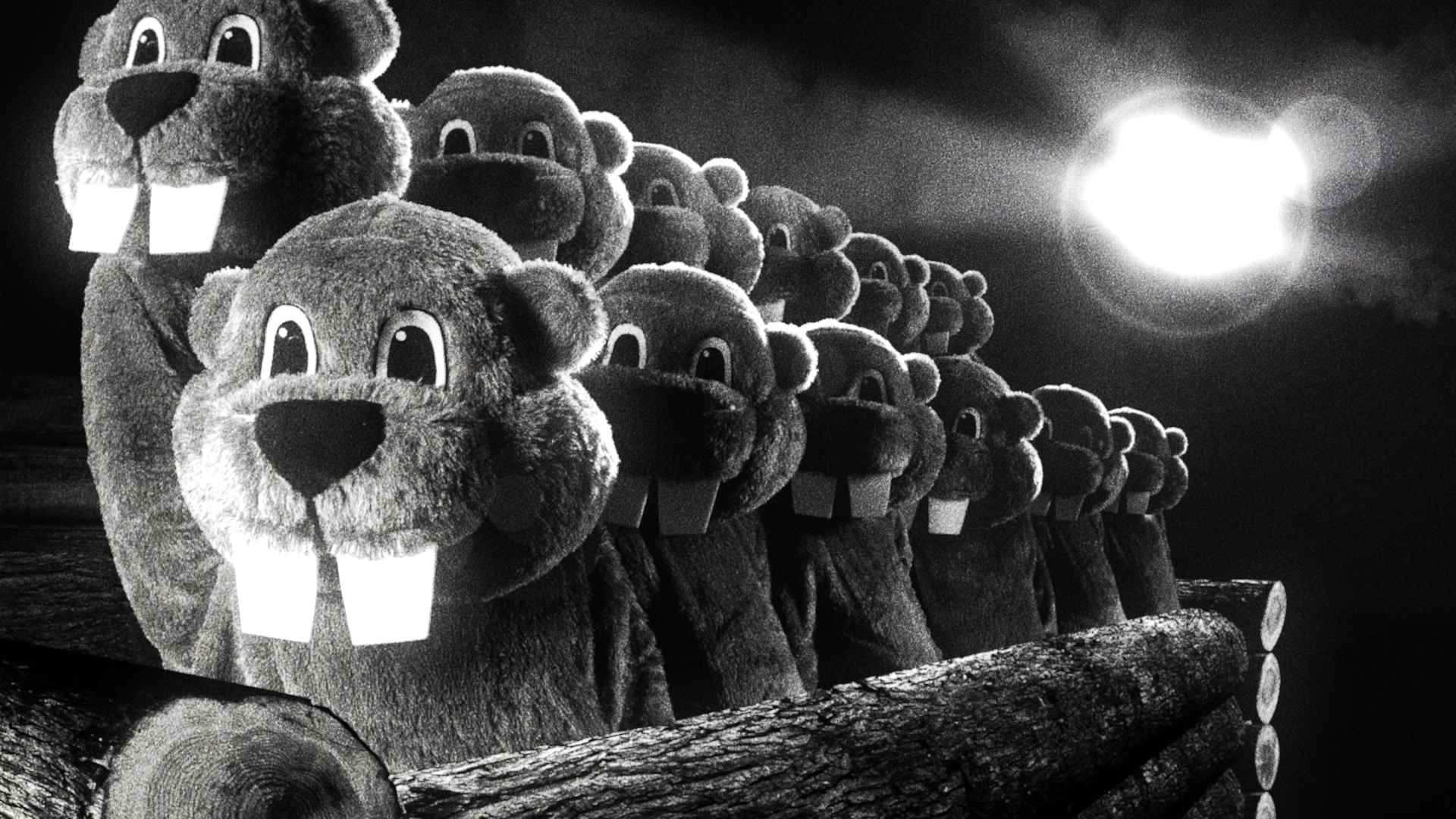
Dear White People is one of the best films of 2014 because it tackles a new form of racism. The safe Ivy League campus of which the story takes place breeds the type of racism that is more subtle and creeps into your skin where it festers into an almost invisible hate. It’s easy to spot racism when it presents itself in the form of the Klu Klux Klan, Nazis, blackface, old-world stereotypes, slavery and “the big N.” Those are big targets easy enough for any reasonable person to nail with a palpable hit. It’s quite another thing to find a way to deal with racism in the form of media, elections, tribalism and romance. These are not so easy to spot and even harder to resolve. Perhaps they can never be resolved.
This becomes painfully apparent when one of the school chairs remarks that there is no more racism in America anymore (“except for Mexicans”). From his perspective, racism is dead especially for these privileged kids. He doesn’t spot any lynching, fragrant uses of the N word, banning others for their skin color or a vulgar play of stereotypes in sight. But racism doesn’t come in such simple packages and cannot be dismissed simply because the biggest issues have been quelled.
The film takes a look at the subject from a micro level, following four very different black students on campus. The centerpiece is Samantha White, the loud and proud racially-motivated radio host and filmmaking student. She writes a book of black people observations on what makes a positive African American role model and what constitutes a walking stereotype. Her initial film project is The Rebirth of a Nation, a modern role-reversal of D.W. Griffith’s blatantly racist film The Birth of a Nation (1915).
Sam’s tactics on the subject are strictly eye-for-an-eye. But her path is built on a shaky foundation. When she applies to be the head of a local fraternity, she only does so to rile the masses. She does not expect to win and when she actually does so there is panic in her mind just as prominent as her opponent’s. The added burden coupled with her school work, radio show, secret white boyfriend and medical issues at home start to make her pillars crack. When she’s on the radio, ranting and classifying the racist world she perceives, Sam is calmly and casually in control. When she receives news about her dad’s illness or is challengingly questioned by her caucasian partner, she’s a mess and the us-versus-them mentality begins to display its ugliness of separation.
Other characters we focus on go to the other end of the spectrum not so much by choice, but by design. Colandrea Conners, or Coco as she would prefer to be known virally, is obsessed with becoming a celebrity achieving reality show status. But Coco is not exactly what a hunting producer is seeking. Namely, the black producer wants somebody more in-your-face with the culture and Coco tries too hard to shun her ghetto roots. He finds himself more interested by Sam’s speeches than Coco’s talking head videos on YouTube. Jealous and willing to do anything for the attention, she rants against Sam White and immediately generates a favoring with both the producer and white college students. We can see this is not entirely what Coco wants to say or do, but she carries on believing it’s the only way to get anywhere in the lime light.
The most interesting character to examine in the movie is Lionel, a gay black student with a large curly afro (which curious white girls can’t help but play with). Lionel does not choose a side in the racial debate and is just not sure of his place in the world yet. Fraternities lock him out of the house and treat him as both the outcast nerd and the gay mascot, both titles he sighs at with disappointment.
An enigmatic editor takes notice of Lionel’s writing and hires him for the local paper. But is the editor interested in him more as a writer or just the color of his skin? This question is raised even further when the two of them enter into a relationship. Does he see Lionel as a boyfriend or his black boyfriend that he can tout as a point for the qualifications of racially tolerant white people? In one of the most hurtful moments for him, one of the editors earnestly refers to Lionel as being black, but “not really black.”
Dear White People tackles modern racism in a way that is intoxicatingly honest, smart and uncompromising. It shares an undeniable similarity to Spike Lee’s Do The Right Thing (1989) not for its subject matter, but for its characters. There are no good or bad characters in this film; just ignorant ones. The ignorance goes all the way around displaying characters who would seem politically correct discovering the big kinks in their armor when the bullets of racism fly.
Director Justin Simien makes his debut with this feature and he proves that he not only has a lot to say, but a knack for placing all those thoughts and commentaries up on the screen. The college life is perfectly portrayed in the awkward quiet moments in addition to the hustling and bustling of campus activities. Sam argues with her white boyfriend all the way back to her dorm room and even continue the conversation when they’re alone, kissing and undressing. There plenty of beautiful shots in the bedroom that capitalize on the young intimate experience. Brief shots of the clothes on the floor or a ripped open condom wrapper stick out as we witness the characters basking the afterglow letting their inner thoughts leak out.
This is not an easy comedy, a simple examination of racism or a one-note societal commentary. For being so daring and off-beat, it strikes a genuine chord as an awkward picture that may make you squirm, but also make you more thoughtful and vocal about race. The film ends with real photos of “black themed” parties at college campuses featuring white college students in rapper garb, donning gold chains and even covering themselves in black face. These are present to remind us that this is not just an isolated incident within an Ivy League microcosm that racism is still alive. The racism that plagues these upper-class colleges may be lesser than that of the inner city or ghettos, but it still exists and is just as ugly in the way it eats away at individuals.

 “The Ministry of Ungentlemanly Warfare” Review
“The Ministry of Ungentlemanly Warfare” Review  “Monkey Man” (2024) Review
“Monkey Man” (2024) Review  “Hundreds of Beavers” Review
“Hundreds of Beavers” Review  “The Truth vs. Alex Jones” Review
“The Truth vs. Alex Jones” Review  “Problemista” Review
“Problemista” Review  “Ghostbusters: Frozen Empire” Review
“Ghostbusters: Frozen Empire” Review  “Love Lies Bleeding” Review
“Love Lies Bleeding” Review  “Kung Fu Panda 4” Review
“Kung Fu Panda 4” Review 


